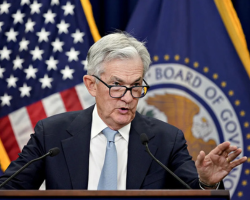Wall Street's Ongoing Selloff Amidst Rising Yields and Fed Uncertainty | Daily Market Analysis
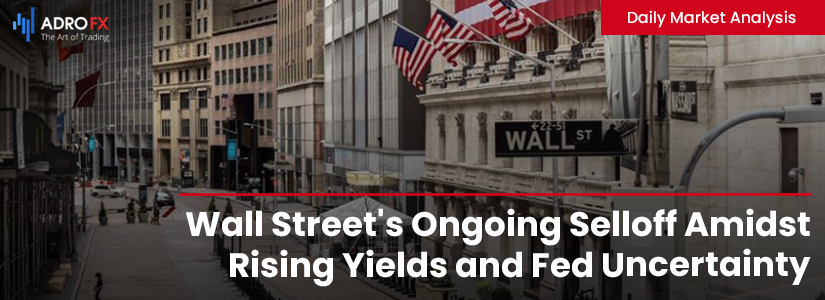
Key events:
- New Zealand - RBNZ Interest Rate Decision
- USA - ADP Nonfarm Employment Change (Sep)
- USA - S&P Global Services PMI (Sep)
- USA - ISM Non-Manufacturing PMI (Sep)
- USA - ISM Non-Manufacturing Prices (Sep)
- USA - Crude Oil Inventories
Increasing Treasury yields and the absence of an imminent interest rate cut by the Federal Reserve are contributing to the ongoing selloff on Wall Street. Major stock market indices, including the S&P 500, Dow Jones, and Nasdaq, have witnessed significant declines as investors grapple with the persistently high borrowing costs and the potential for a rate hike in November.
The S&P 500 experienced a 1.5% drop, while the Dow Jones Industrial Average saw a decline of 1.5%, equivalent to 493 points, and the Nasdaq fell by 2%.
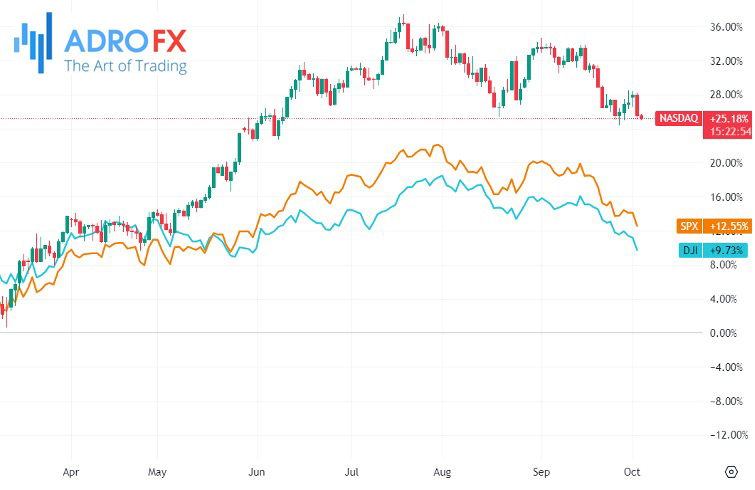
Tech stocks, which had shown signs of recovery the previous day, faced declines led by Microsoft Corporation (NASDAQ: MSFT) and Meta Platforms Inc (NASDAQ: META). Meta Platforms, in particular, saw increased pressure following reports suggesting that it is contemplating the introduction of a $14 monthly fee for users who wish to access an ad-free version of Facebook or Instagram.

These developments coincide with a European court ruling from July, which stipulated that Meta must obtain user consent before displaying personalized ads under the EU's data protection regulations. This ruling poses a significant threat to Meta's advertising revenue, a major source of income for the tech giant.
The broader technology sector continued to experience a downturn primarily due to the ongoing increase in Treasury yields, which diminishes the appeal of growth-oriented market segments.
Adding to these concerns, the latest Job Openings and Labor Turnover Survey (JOLTs) report from the US Labor Department, which measures labor demand, revealed an unexpected increase of approximately 9.6 million job openings in August. This surprised analysts who had anticipated a decrease to 8.8 million.
The indication of an ongoing tight labor market has heightened fears that the Federal Reserve may need to implement another interest rate hike before the year's end. This anticipation has driven both the 10-year Treasury yield and 30-year Treasury yields to their highest levels since 2007, signaling the expectation of higher interest rates for an extended period.
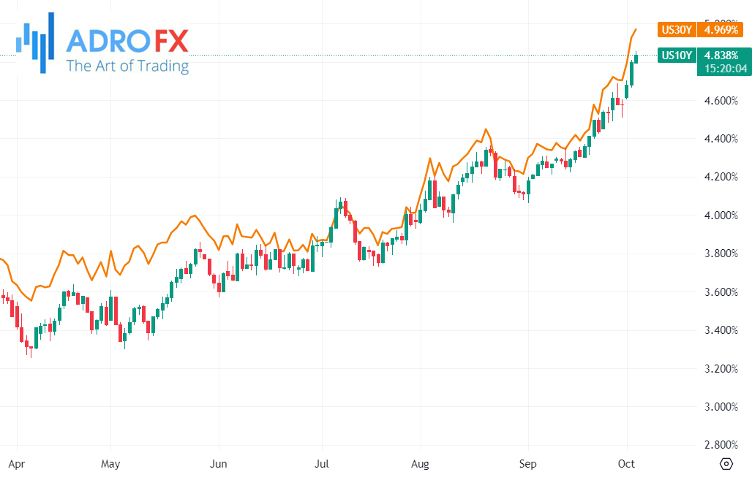
In a separate market, the decline in gold prices showed signs of slowing down for the first time in nearly two weeks. The precious metal had reached a seven-month low, driven by the relentless rise in Treasury yields and the simultaneous strengthening of the US dollar.
Earlier in the trading session, December gold dropped to $1,830.95, marking its lowest level since March. US gold futures witnessed a 4% decline the previous week, marking its most substantial weekly drop since June 11, 2021, when it plunged by nearly 6%. Comex Gold also concluded the third quarter with a 3% decrease following a 4% decline in the second quarter.
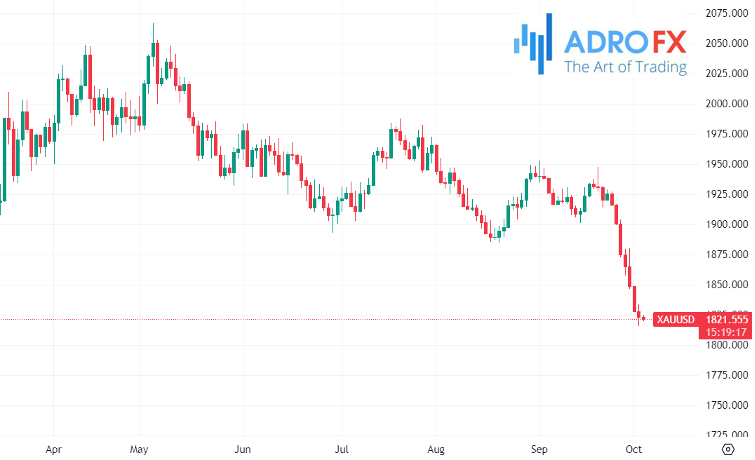
The fervent rally in yields and the strengthening of the US dollar exhibited some moderation following comments from senior Fed policymaker Raphael Bostic. He conveyed that the central bank had no urgency in rapidly implementing interest rate hikes to address inflation concerns. However, Bostic emphasized the necessity of a restrictive monetary policy to maintain a balance between spending, job growth, and the broader economy.
Furthermore, Bostic, who serves as the President of the Atlanta Fed, provided a glimmer of hope for risk markets that have been grappling with the impact of surging Treasury yields, sparked by a bond market selloff, and the consequent surge of the dollar to its highest point in 11 months. He hinted at the possibility of a rate hike by the end of 2024.
Bostic's statements offered reassurance to participants in commodities and equities who had been seeking relief from the apprehension surrounding an exceptionally hawkish Federal Reserve. This hawkish stance had returned to dominate the investment landscape, following a temporary respite in the second quarter. Bostic's remarks, coming ahead of an anticipated rate hike in either November or December, indicated that the central bank might be concluding its recent series of rate hikes, which saw 11 increases between March 2022 and July 2023.
In addition to Bostic's comments, the ascent of the US dollar was curtailed by an intervention by the Japanese government in the forex market. This intervention aimed to support the yen's value after the dollar-yen exchange rate breached the 150 level.
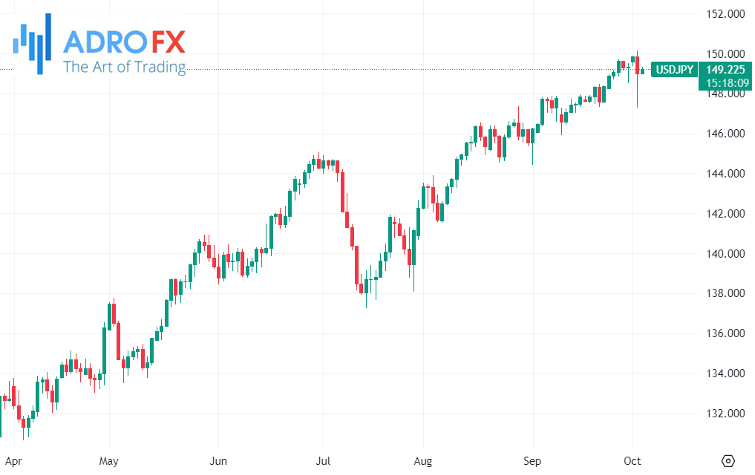
Today, the Central Bank of New Zealand opted to maintain its current interest rates, demonstrating policymakers' growing confidence that previous rate hikes were effectively curbing inflation as intended. This decision caused the local currency to depreciate, as market expectations for further tightening were scaled back.
The Reserve Bank of New Zealand (RBNZ) retained the cash rate at a 15-year high of 5.5%. The RBNZ acknowledged the necessity for a restrictive policy stance to rein in inflation but refrained from suggesting the likelihood of additional rate hikes.

While this decision was in line with the expectations of all 27 economists surveyed by Reuters, the policy stance turned out to be less hawkish than anticipated, leading to a 0.5% decline in the New Zealand dollar, which reached a three-week low of $0.5878.
